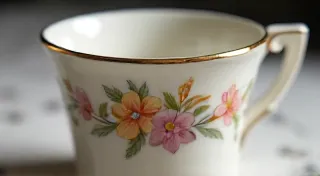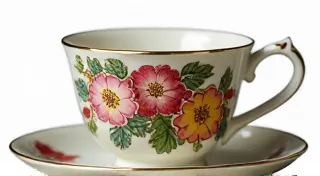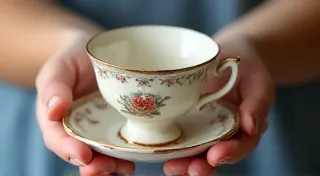The Cartography of Absence: Mapping the Lost Factories of Collectable China
There's a peculiar melancholy that settles upon a collector’s heart when they discover a piece of antique china, a delicate tea cup perhaps, bearing a mark that’s faded from the world. It’s not simply the beauty of the porcelain, the artistry of the hand-painted floral motif, or the satisfying weight in your palm; it’s the realization that you're holding a relic of a vanished place, a testament to an industry extinguished by the relentless march of time and economic tides. These aren’t just tea cups; they are cartographic keys, unlocking stories of lost factories and the communities that once revolved around them.
My grandmother, a quiet woman with hands perpetually stained with the scent of rosewater and lavender, instilled in me a reverence for antique china. She didn't talk about investment potential; she spoke of feeling connected to the past, of imagining the hands that shaped the clay, the artists who applied the gilt. She owned a small collection of Old Foley tea cups, and would often say, "Each one tells a story, dear. A story of a place you’ve never been, but somehow know.” I’m only beginning to understand the depth of that statement.
The Rise and Fall: Staffordshire’s Porcelain Heart
Consider Staffordshire, England. For centuries, it was the epicenter of British porcelain production. The landscape was dotted with factories – Wedgwood, Royal Albert, Coalport, Royal Doulton, Minton – each a bustling hive of activity employing thousands. These weren't just factories; they were ecosystems, supporting families, shaping communities, and contributing to the unique character of the region. The very air seemed to hum with the rhythmic whir of potter's wheels and the delicate clinking of porcelain.
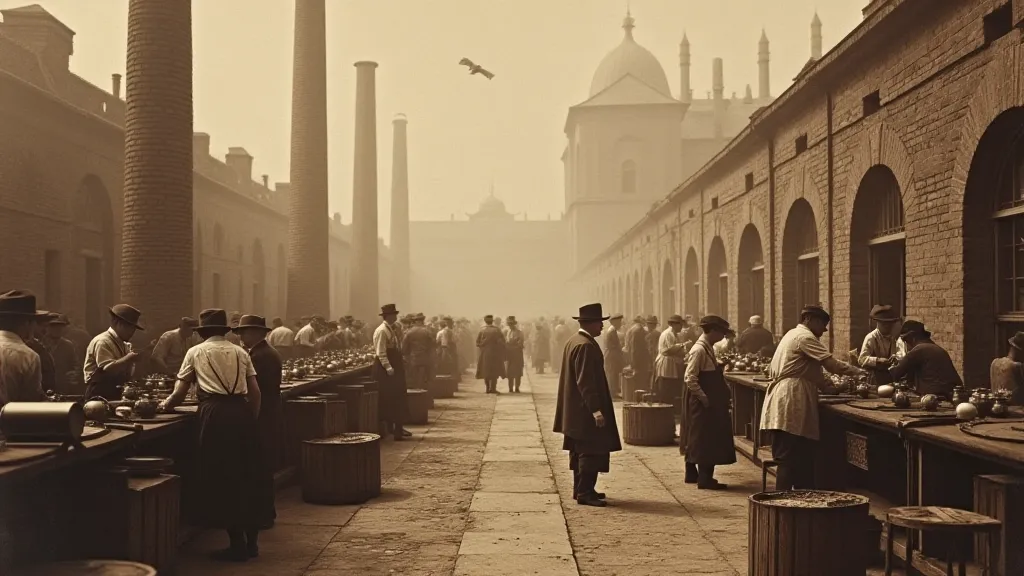
But the story isn’t one of perpetual prosperity. The late 19th and early 20th centuries brought waves of challenges. Competition from Germany and Japan, fueled by lower labor costs and technological advancements, chipped away at Staffordshire's dominance. The two World Wars further crippled production, disrupting supply chains and diverting resources. Post-war austerity measures tightened budgets, and the rise of mass-produced, affordable melamine ware offered a stark alternative to the delicate beauty of fine china.
Factories closed. Skilled artisans, their livelihoods decimated, dispersed to find work elsewhere. The vibrant, interconnected network of suppliers and craftspeople that had sustained the industry unravelled. Entire towns, once thriving on the pottery trade, fell into a slow decline. The maps of Staffordshire, once defined by the location of its potteries, were slowly being redrawn, the names of the factories fading from memory.
The Echo of Foley: A Personal Connection
My grandmother’s collection of Old Foley tea cups, for instance, represents a particularly poignant story. William Foley’s Burslem factory, founded in 1847, was known for its delicate bone china and intricate hand-painted designs. They produced goods for many major retailers and were considered a reliable and talented maker. Yet, after a string of mergers and acquisitions, the Foley name eventually disappeared completely, absorbed into larger conglomerates. The factory itself ceased production in 2004, its legacy reduced to the surviving pieces cherished by collectors.
Holding one of those tea cups, feeling the thinness of the bone china, I can almost imagine the skilled women meticulously applying the vibrant colours of the floral design. It’s a bittersweet feeling – the beauty of the object juxtaposed against the knowledge that the place that birthed it is gone. The artistry remains, frozen in time, but the community, the craftsmanship, the collective memory, has been dispersed.
The Significance of Marks: Clues to a Lost World
The marks on antique tea cups are more than just identifying marks; they are clues to a lost world. Deciphering them – understanding the evolution of a factory's mark, the changes in ownership, the subtle variations in design – requires a detective’s eye and a deep understanding of industrial history. A faded “Foley” mark might unlock a world of Staffordshire heritage; a complex impressed mark on a Paragon cup tells a story of post-war recovery and adaptation. They’re like breadcrumbs, leading us on a journey through time.
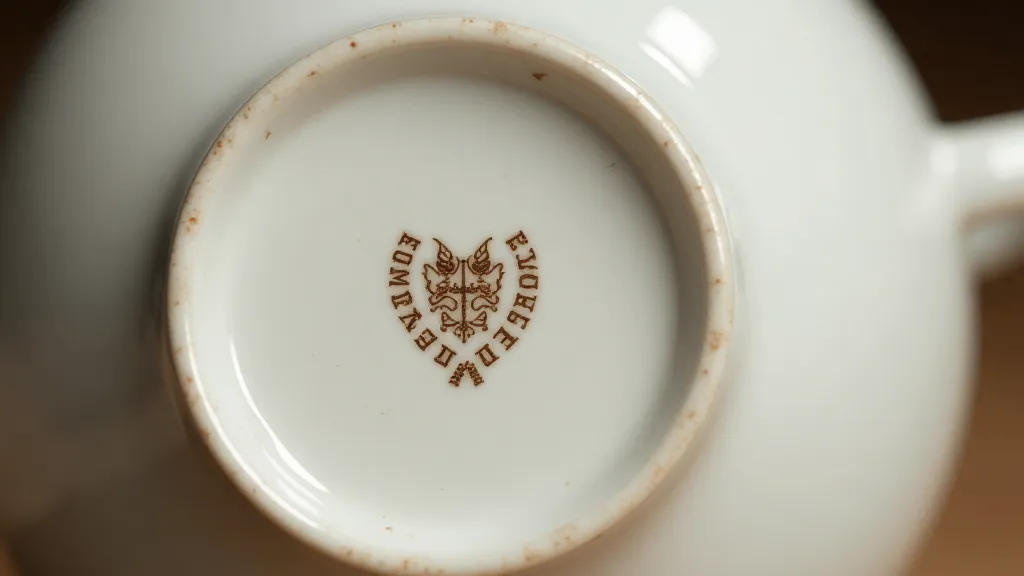
The rarity of pieces bearing the marks of these vanished factories significantly influences their value. Scarcity, driven by the lack of ongoing production, naturally increases demand among collectors. But beyond the monetary aspect, there’s a deeper appeal. These pieces represent a connection to a bygone era, a tangible link to a community of artisans and a landscape transformed by industrial change. They’re not just objects; they’re fragments of a lost narrative.
Restoration and Collecting: A Respect for the Past
When considering restoration, remember that authenticity should always be paramount. Excessive or inaccurate restoration can significantly diminish the value and historical integrity of a piece. It’s often better to preserve the existing wear and tear as evidence of its age and history. Subtle cleaning and stabilization of cracks are often acceptable, but attempting to recreate missing gilt or repaint faded designs is generally discouraged.
Collecting these pieces isn’t simply about acquiring beautiful objects; it’s about preserving a cultural heritage. Each cup, each saucer, each plate is a reminder of the ingenuity, the skill, and the dedication of the people who shaped them. It’s about honoring the memory of the lost factories, the vanished communities, and the legacy of Staffordshire’s porcelain heart.
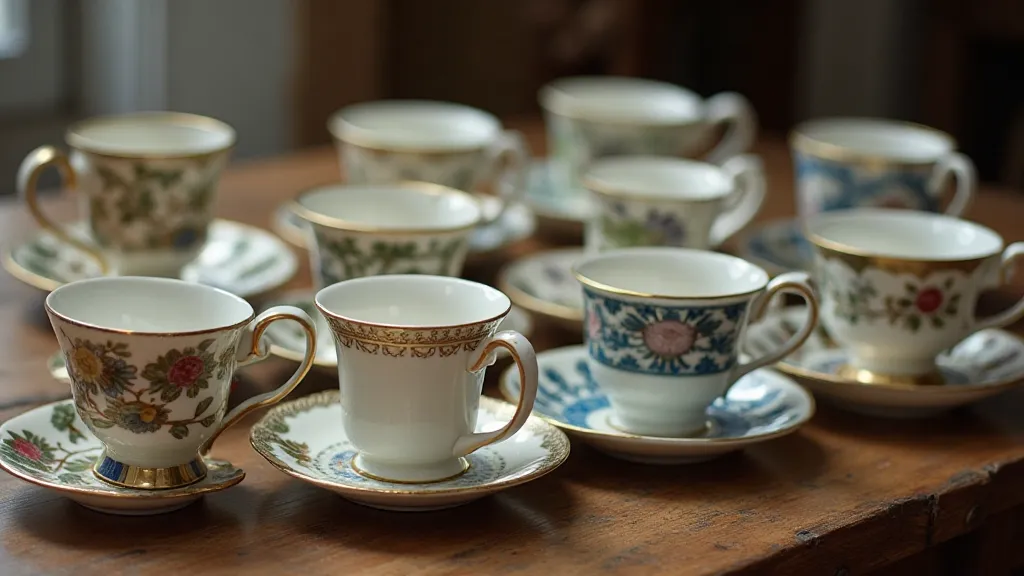
As I trace the outlines of these vanished factories on old maps, I feel a profound sense of responsibility – a desire to keep their stories alive. Each time I handle one of my grandmother’s Old Foley tea cups, I am reminded that we are all, in a way, cartographers of absence, mapping the lost factories of collectable china, and preserving their memory for generations to come.
